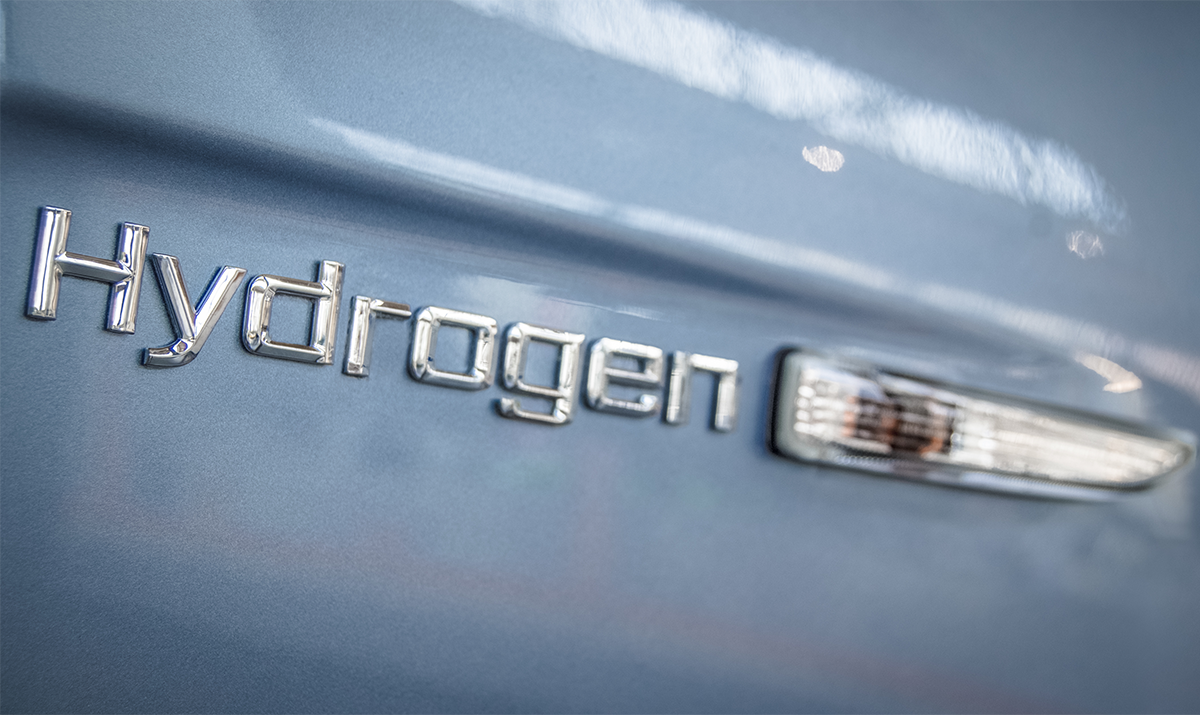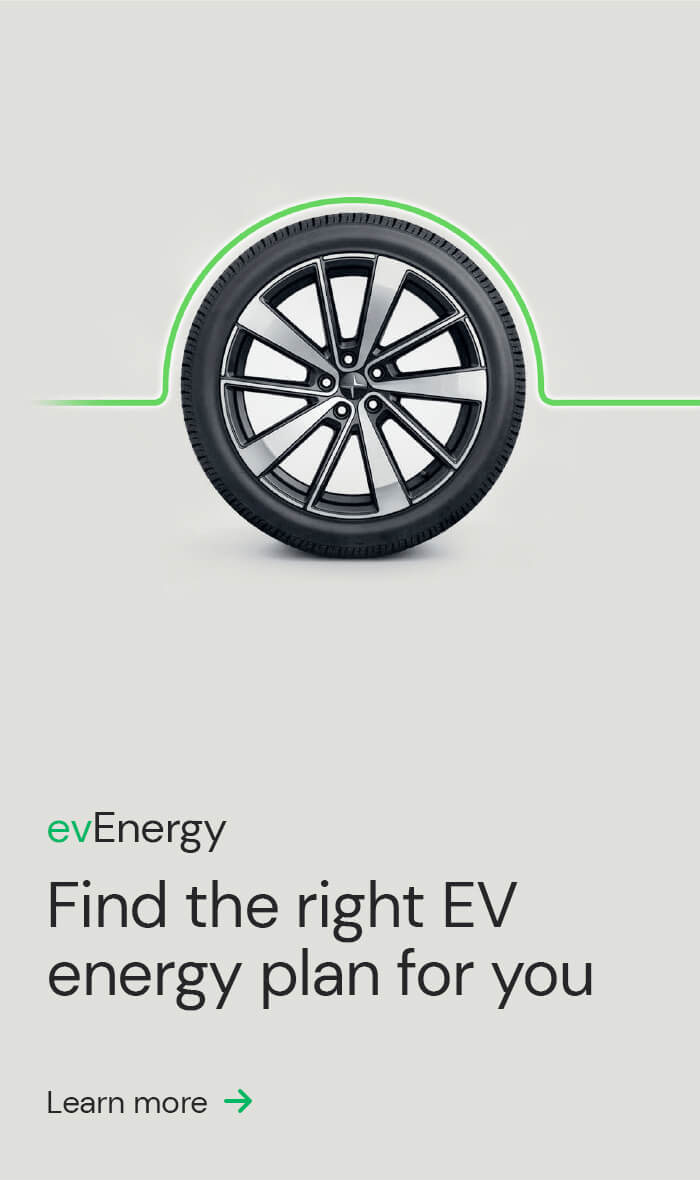As EVs are picking up pace on Aussie roads, another new sustainable transportation method is emerging as a promising eco-friendly alternative. Harnessing the power of hydrogen gas to generate electricity, hydrogen fuel cell electric vehicles (FCEVs) are quickly refuelled, making them a convenient, green way to drive.
But how do FCEVs work? And are they even available to buy yet in Australia? Let’s find out.
How do hydrogen fuel cell electric vehicles work?
The fuel cell is at the heart of hydrogen fuel cell electric vehicles. These fuel cell vehicles do not store electrical energy, they produce electricity through an electrochemical process. This converts hydrogen gas and oxygen from the air into electricity, producing water vapour as the only by-product.
The hydrogen fuel cells use both hydrogen gas from a tank in the car and oxygen from the air. Inside the fuel cell, the hydrogen goes through reverse electrolysis, which separates it into protons and electrons. The electrons create an electric current as they move through a wire, producing electricity that powers the car’s motor.
Meanwhile, oxygen from the air joins the protons and electrons to make water—literally, it’s like a tiny rain shower inside the fuel cell. The only thing that comes out of the car’s exhaust is water vapour, making it a clean and eco-friendly way to power the car.
What are the benefits of hydrogen fuel cell electric vehicles?
FCEVs have all the benefits of EVs, such as no tailpipe emissions, low noise levels when driving and agile acceleration. Taking just a few minutes, refuelling a hydrogen FCEV is similar to refuelling a traditional petrol vehicle. They have very impressive ranges, too. According to Driva, hydrogen fuel cell cars can travel around 650km on a single tank of hydrogen.
What makes FCEVs stand out is their energy efficiency. For example, hydrogen fuel cells use 40-60% of the fuel’s energy while also offering a 50% reduction in fuel consumption. Not only do FCEVs release no CO2, but they can also actively clean the air. As the Hyundai Nexo’s hydrogen fuel cell stack requires purified air to function, the filter within the air intake works to remove micro-particulates in the air.
When will hydrogen fuel cell electric vehicles be coming to Australia?
At present, there are two FCEVs in Australia, the Hyundai Nexo SUV and the Toyota Mirai sedan. Neither is available for public sale yet, and the ones on the road are via leasing deals with selected organisations.
With such a small supply of cars so far, charging infrastructure is still limited. Currently, there are fewer than 10 FCEV charging stations in operation across Australia. These are in Melbourne, Canberra, Sydney, Brisbane and Perth.
Optimistically, however, there are plans to help scale up the growth of FCEVs on home soil. Both Hyundai and Toyota have formulated an agreement with Ampol and Pacific Energy to develop hydrogen refuelling infrastructure.
BMW, Land Rover and Honda are also developing hydrogen fuel cell cars, but there are presently no announcements of when they’ll land in Australia yet.
Summary
- FCEVs utilise fuel cells to produce electricity through an electrochemical process called reverse electrolysis. The process combines hydrogen gas from an onboard tank with oxygen from the air, producing electricity and water vapour as the sole by-products.
- Like traditional EVs, FCEVs offer no tailpipe emissions, low noise levels and swift acceleration.
- Refuelling a hydrogen FCEV takes only a few minutes, with impressive travel ranges of around 650km on a single tank.
- FCEVs can improve air quality by actively filtering micro-particulates during operation.
- Two FCEVs, the Hyundai Nexo SUV and Toyota Mirai sedan, are present in Australia, and there are fewer than 10 FCEV charging stations operational.
- Both Hyundai and Toyota have partnered with Ampol and Pacific Energy to develop hydrogen refuelling infrastructure, aiming to expand the availability of FCEVs in Australia.
Are you considering making the switch to an electric vehicle? ActewAGL can help you effortlessly find, finance and charge your EV. Discover how ActewAGL can support your transition to sustainable driving today. Find out more here.
Sources
https://www.driva.com.au/blog/hydrogen-fuel-cars-overview/
https://www.greenvehicleguide.gov.au/pages/LowAndZeroEmissionVehicles/HydrogenVehicleInformation
https://www.toyota.com.au/mirai
https://www.hyundai.com/au/en/cars/eco/nexo
https://www.drive.com.au/news/toyota-hyundai-ampol-pacific-energy-hydrogen/



